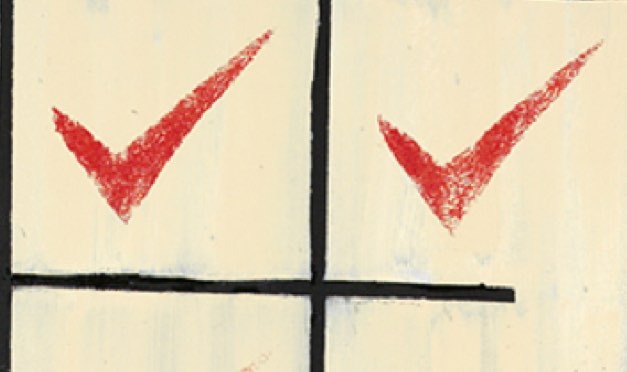Burning MBTI Questions Answered #7
A couple of the questions on the MBTI test are very difficult to answer. I know that you are supposed to go with your first instinct, and that sounds great in theory, but when a question is staring you in the face and you have no idea which way feels stronger to you, what should you do? One or two of the questions stuck with me and took me literally months to decide. I took them very seriously and I wanted to really search inside of myself to see how I felt. I know you can’t do that when you are sitting down to take the test – so what to do and how does that affect the results?
Thank you for bringing this question to the table. This is actually something that I have experienced personally because in some circumstances distinctions are very important.
The purpose of the inventory is to sort people into categories rather than to measure amounts of a particular aspect. The reason for this is that type theory is based on dichotomies – that is to say you sit on one side of the pole for each of the preference pairs. Your preference is for either Extraversion or Introversion, for Sensing or Intuition, for Thinking or Feeling and finally for Judging or Perceiving. Everyone uses both sides of each pole from time to time depending on a number of factors such as context. The inventory is designed using forced-choice questions and this question structure is designed to force one side of the dichotomy to emerge. It also is meant to eliminate (as much as possible) the influence of other factors.
Traits based models of personality such as the Reiss Desire Profile do indeed measure amount of a trait and can be designed differently. In the case of the MBTI one cannot infer that Judging is determined by having a deficiency of Perceiving and vice versa. Each person sits on one side of the pole or another no matter whether they have developed some proficiency in both sides of the dichotomy.
The questions are also designed to provide psychological opposites as opposed to logical opposites. In other words to make the Judging choice ring true for those with a Judging preference and at the same time the Perceiving option appealing to those with a preference for Perceiving.
Alas – all this may not help when you are sitting with the inventory trying to give the best answer. One thing that I suggest when people are trying to determine their Enneagram type is to think about a time in their mid-twenties when responding to questions and to try to extrapolate what they are typically like rather than think of specific instances that have a lot of context around them. For instance it is natural to see why MBA students have a higher percentage in Thinking and Intuition because this is the truer to the patterns of their professors, the leaders they are emulating and the tests they are using in their studies.
I don’t know if there is any comfort in thinking of this inventory as a mechanism for sorting rather than something looking for deeper meaning. It is fine to leave 2 or 3 reponses blank if you simply cannot decide.
The real objective here is to find the “best fit” type for you and the inventory results are simply one aspect. An MBTI professional approaches determining type as a two step process that includes both the inventory and a self -reflection. They are trained to help you to make an informed decision on your type and guide you to a decision on the preference pairs where you are not clear.
Even though taking the inventory had it’s challenging moments for you, how confident are you that your MBTI type is an accurate reflection of your type? have you found that knowing your type has given you some insights into how you relate to the world and to others?

